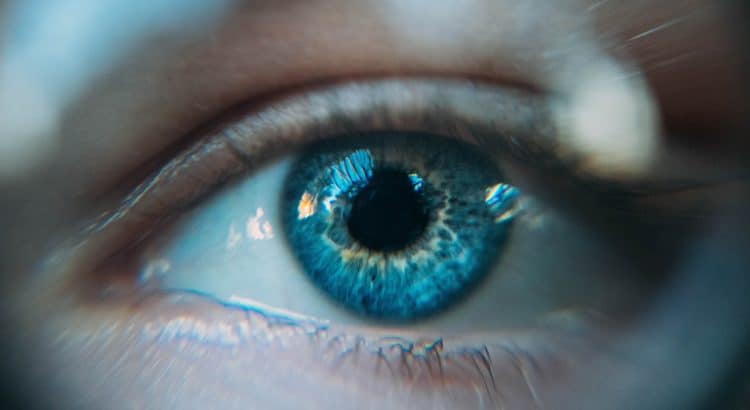Millions of people around the world suffer from eyesight problems. The most common problem is myopia, a refractive error in the eye that causes close objects to be seen clearly, but distant objects appear blurry. Myopia is usually corrected with eyeglasses or contact lenses. Other vision problems include hyperopia, astigmatism, and presbyopia. Here are some steps to overcome the different types of eyesight problems
Healthy Diet
A healthy diet is important for maintaining good vision and preventing various eye problems. Vitamins A, C, and E are all antioxidants that can help to protect the eyes from damage. Vitamin A is especially important for night vision, while vitamin C is essential for the health of the blood vessels in the eyes. Omega-3 fatty acids are also beneficial for the eyes, as they help reduce inflammation and keep the cell membranes healthy. In addition, certain eye-friendly foods such as leafy green vegetables and fish can help to improve vision and reduce the risk of developing age-related macular degeneration. By incorporating these nutrients into their diet, people can help to keep their eyes healthy and reduce their risk of developing vision problems.
Wearing Glasses
Most people wear glasses or contact lenses to improve their vision. But did you know that glasses can also be used to treat some serious eye conditions? For instance, people with amblyopia, or “lazy eye,” often wear an eye patch to train their weaker eyes to see better. Glasses can also treat strabismus or “crossed eyes.” In this condition, the eyes point in different directions, and glasses help to align them.
Additionally, glasses are frequently prescribed for people with myopia, nearsightedness, hyperopia, or farsightedness. By correcting the way light enters the eye, glasses can help people with these conditions see more clearly. Hence, it is vital to have the right glasses for your condition. For instance, if you are facing macular degeneration, use glasses for macular degeneration and not hyperopia. So, whether you’re looking to improve your vision or treat a serious eye condition, wearing glasses may be the answer.
Exercise
Most people are familiar with the common eye problems that can come with age, such as presbyopia and cataracts. However, other, less well-known vision problems can also affect older adults. These include macular degeneration, diabetic retinopathy, and glaucoma. While these conditions can’t be cured, several exercises can help improve vision and reduce symptoms. For example, eye chart exercises can help strengthen the muscles around the eye, while focusing exercises can help to improve concentration and coordination. Regular exercise may not be able to restore perfect vision. Still, it can certainly help improve eyesight and quality of life for those affected by different vision problems.
Quit smoking
According to the National Eye Institute, smoking is a leading cause of vision problems and blindness in the United States. Studies have shown that smokers are four times more likely to develop macular degeneration, which leads to central vision loss, than nonsmokers. Smokers are also at increased risk for cataracts, glaucoma, and diabetic retinopathy. Quitting smoking can help to reduce these risks and protect your vision. In addition to Quitting smoking for overcoming different types of eyesight problems, there are many other benefits of quitting smoking. These include improved cardiovascular health, lung function, and overall health. Quitting smoking is one of the best things you can do for your health, so if you smoke, make a plan to quit today.
See an Eye Doctor Regularly
According to the National Eye Institute, smoking is a leading cause of vision problems and blindness in the United States. Studies have shown that smokers are four times more likely to develop macular degeneration, which leads to central vision loss, than nonsmokers. Smokers are also at increased risk for cataracts, glaucoma, and diabetic retinopathy. Quitting smoking can help to reduce these risks and protect your vision. In addition to Quitting smoking for Overcoming Different Types of Eyesight Problems, there are many other benefits of quitting smoking. These include improved cardiovascular health, lung function, and overall health. Quitting smoking is one of the best things you can do for your health, so if you smoke, make a plan to quit today. In addition, an eye doctor can recommend lifestyle changes, such as wearing sunglasses and eating a healthy diet, that can help to slow the progression of vision problems.
Taking care of your eyesight is important at any age. As you get older, you are more likely to experience age-related vision problems, such as presbyopia, cataracts, and macular degeneration. By making eye care a priority, you can help to preserve your vision and maintain your quality of life. By following these tips, you can help protect your eyesight and keep your vision healthy for years to come.

